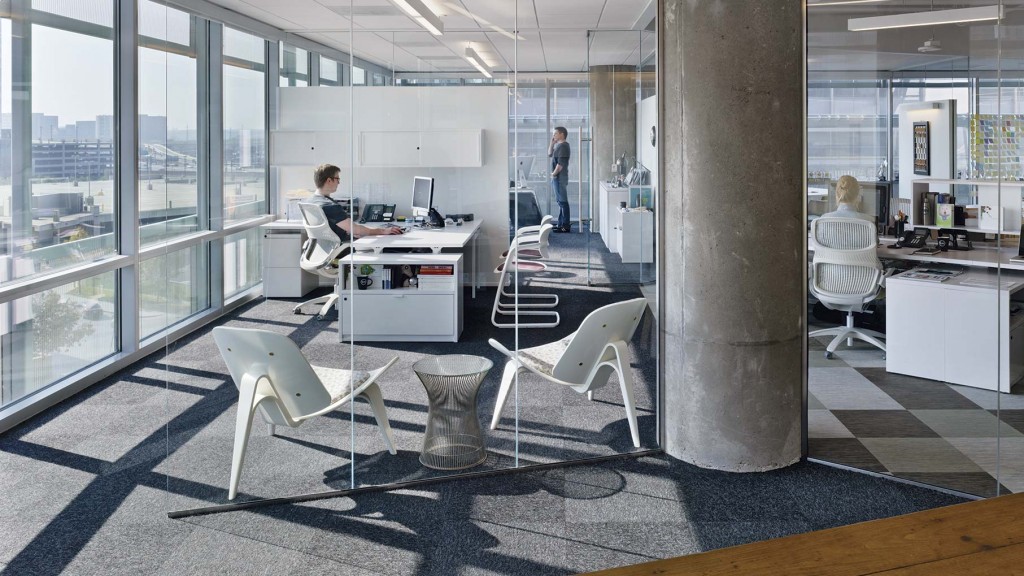What signals exist within our workplace data?
WPI Analytics
What We Did
At the 20,000-respondent mark, we worked with Precision Consulting to perform a detailed statistical analysis of our Workplace Performance Index (WPI) data, which represents an unprecedented level of employee data on workspace performance. Our goal was to confirm statistical validity, form a series of recommendations to improve the tool, and uncover new or unexpected insights into the modern workplace. We continue to search for relationships and trends within the dataset as the database, now more than 100,000 respondents strong, grows.
The Context
The original benchmark database for our WPI was created in 2007. A lot has changed since then. That year, the economy was booming, the unemployment rate was only 5.7%, and the rapidly changing technological landscape was only starting to show signs of a world we’re deep into today. The iPhone had been out for a week; the iPad was more than three years away. Facebook had been open to adults for less than a year, and Twitter had about 340,000 users. Today, Facebook has topped the billion mark, and Twitter is above 500 million.
A new economic climate and waves of technological innovation have had a dramatic influence on work, workers, and the modern workplace. Additionally, although individual space and privacy at work have been declining, the numbers of work distractions and time spent in the office have been on the rise.
The Results
According to our WPI analysis, the most significant factor in workplace effectiveness is individual focus work. From 2007 to the present, time spent on focused work has increased, as has the reported criticality of focused work for employees to get their jobs done.
The threshold for effective focus is higher than that for other work modes. The most important requisite of successful focus is place, and so the increasingly critical nature of focus work may be explained by the fact that fewer places today are suited to concentrated work. Interestingly, this data did not show any significant demographic variations (age, gender, job role, etc).
What This Means
Workplace strategies that sacrifice focus in pursuit of collaboration will decrease the effectiveness of both. As focus effectiveness increases, so does collaboration effectiveness.
Concentrating is a complicated act and requires effort, making focus work the hardest type of work to support. The challenge is increased exponentially by the distractions inherent to the widely implemented open-office environment.
The increasingly virtual nature of all work modes is changing how space needs to effectively support work. More and more activities involve digital tools, and meetings increasingly involve virtual participants—one in four meeting participants is virtual, among companies observed using Gensler’s Activity Analysis, a related research tool.
What’s Next?
Our research uncovered both an alarming trend in the declining ability for modern workers to focus in the workplace and a significant opportunity to increase engagement and space effectiveness by better designing spaces to support all work modes, with a particular emphasis on focus. What’s next is figuring out how to address the spectrum of individual work setting requirements with scalable, efficient solutions that organizations can manage from a cost and operational standpoint.
Learn More
Team
Janet Pogue, Andreas Andreou, Christine Barber, Isabel Kraut, Erik Lucken, Renny Shih, Precision Consulting (statistical consultant)
Year Completed
2012
Comments or ideas for further questions we should investigate?
